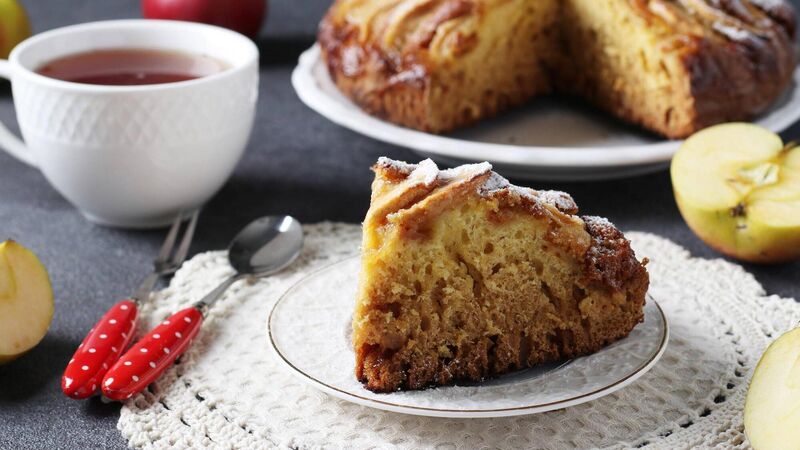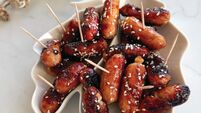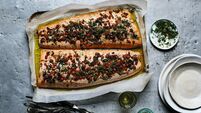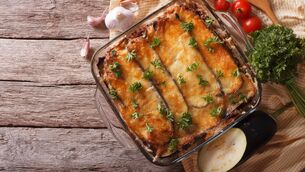Darina Allen: Making the most of a late-summer windfall of apples

A slice of Apple Charlotte.
We have a fantastic crop of apples this year, both cookers and eaters.
This is definitely not an annual occurrence — the weather must have been perfect for pollination during the apple blossom in May.






